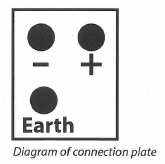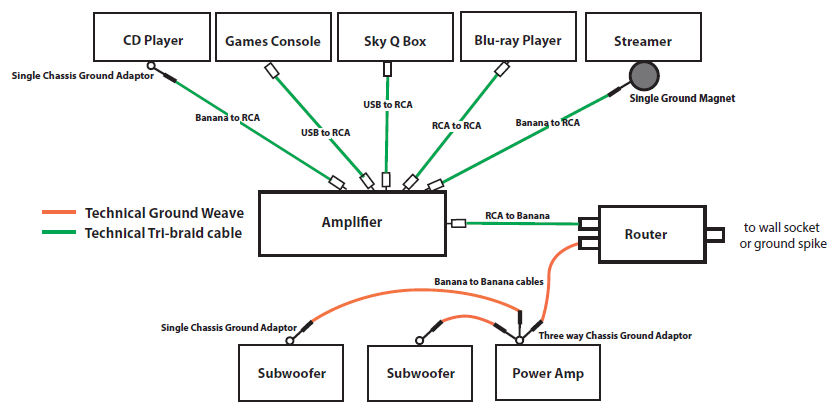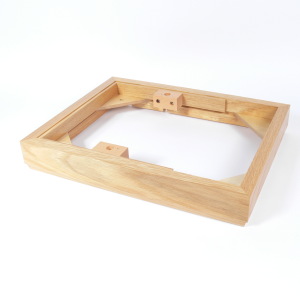Grounding Speakers and Subwoofers Speakers
 You can ground metal speaker drive units in the same way as equipment casework (and it is worth doing so). Some speakers have ground terminals, or you can fit your own. Do not attach a ground wire to either the positive or negative terminals.
You can ground metal speaker drive units in the same way as equipment casework (and it is worth doing so). Some speakers have ground terminals, or you can fit your own. Do not attach a ground wire to either the positive or negative terminals.A number of loudspeaker manufacturers - for example, some Tannoy models and our own legacy Russ Andrews Quave LS1 speakers) - helpfully provide an extra binding post that lets you ground the speaker drive units. This binding post is connected internally to the metal chassis of the drive units, allowing you to ground them in the same way as you have done with your metal-cased amplifiers and sources.
If your speakers don’t have grounding terminals, you can test the principle fairly easily for yourself without having to modify the drive unit. When you remove the speaker grille, you will probably find the drive units are held in with screws. Tackle only the drivers and tweeters with metal bodies... drivers and tweeters that have a plastic chassis do not need grounding, of course.
Remove one screw from each driver and clean the metal around the screw hole to remove any paint. Strip the end of a piece of wire that is long enough to reach your RF Router, make a small loop in the stripped end and refit the driver screw through it so that it makes a good tight connection with the chassis. If there is more than one driver on each speaker, you can link them together or run two lengths of wire.
Typically, you would connect ground wires from both speakers to the second input terminal on your RF Router, or onto one of the many terminals on your SuperRouter. If you like what you hear, you can make the connection permanent, but it will involve making modifications inside the speaker.
Make a connection at the back of the driver (inside the cabinet) and run ground wire to an extra binding post on the back plate, next to the usual speaker terminals. Then use this to connect to your Router permanently with Technical Ground Weave from the new ground binding post. We can do this modification for you if you aren’t comfortable doing it yourself but you’ll need to organise getting your speakers to us.
Subwoofers
It can be hugely beneficial to incorporate subs into the mix. A deeper, tighter more realistic bass can be achieved. Subwoofers should be connected directly to the RF Router. Here’s an example of a complex system with subwoofers and multiple amps.

In the above example, we have used the power amp as a seperate hub for the subwoofers, due to limited inputs on the RF Router. If there were no power amp here, we would connect the Subwoofers directly to the RF Router, one to the banana socket and one via a spade. Where a SuperRouter is used, all three items here would be connected seperately (the ideal scenario).
Click here for Section 2.4: The benefits of using a Ground Rod
Click here to view all grounding products
Click here for Section 2.4: The benefits of using a Ground Rod
Click here to view all grounding products






















